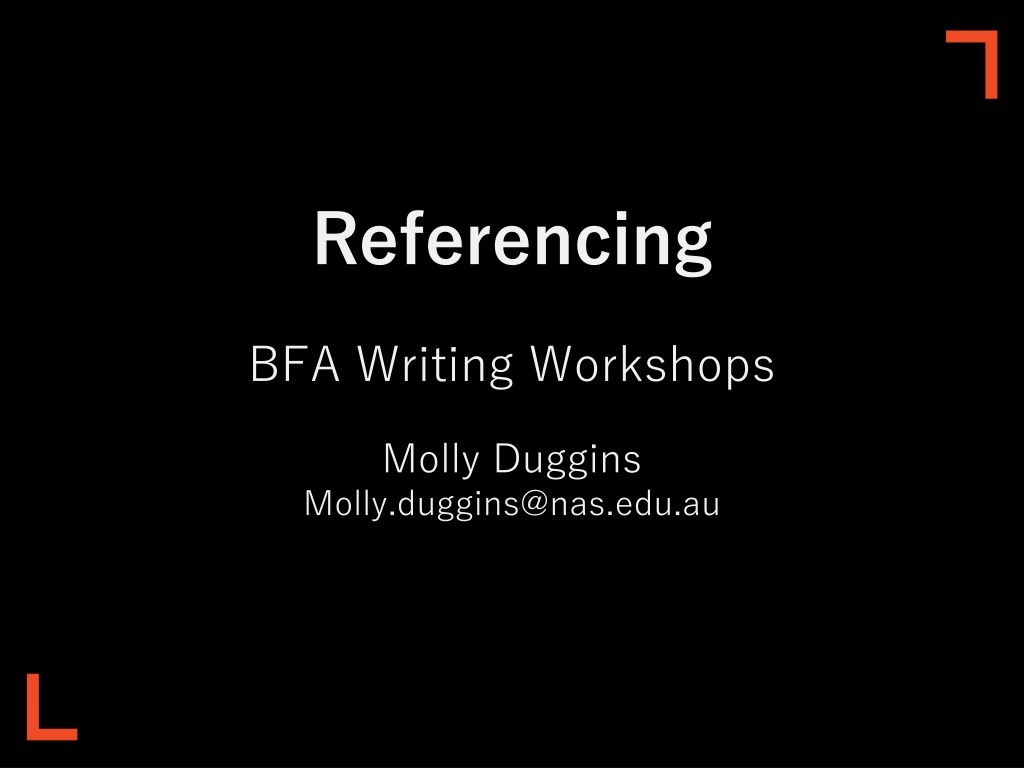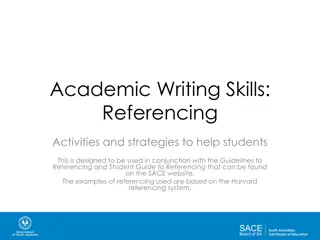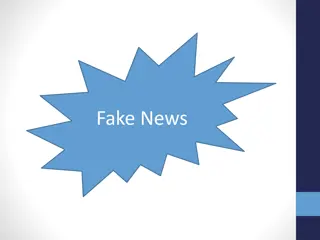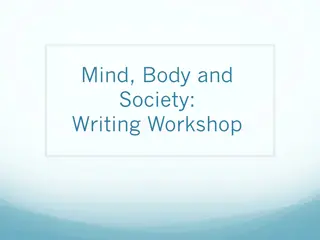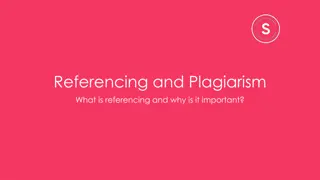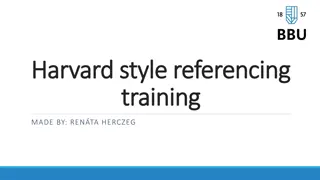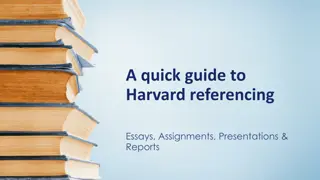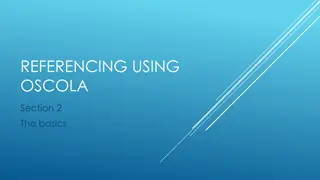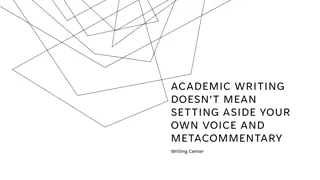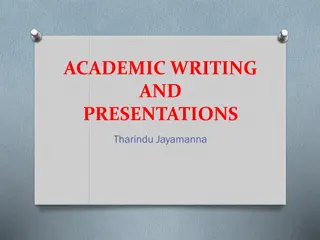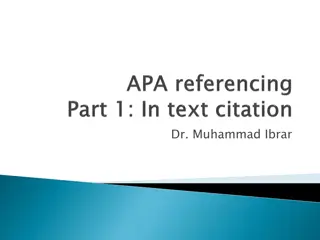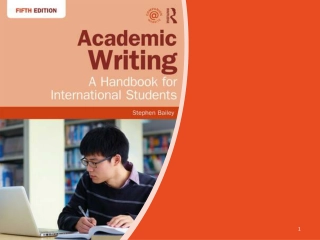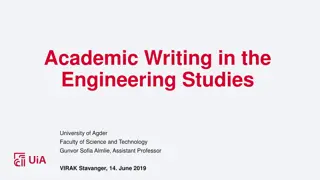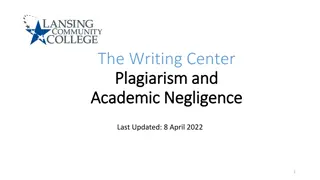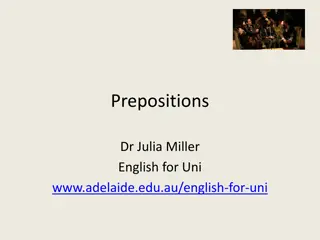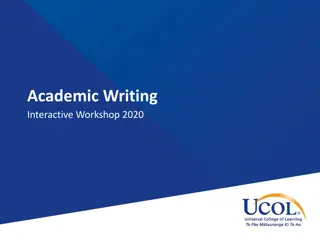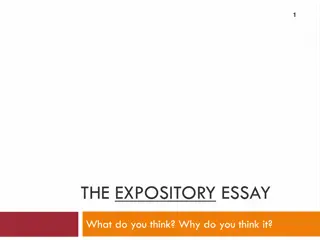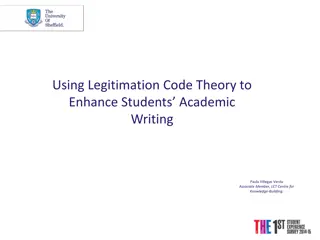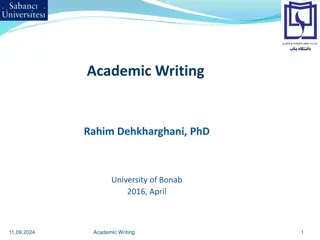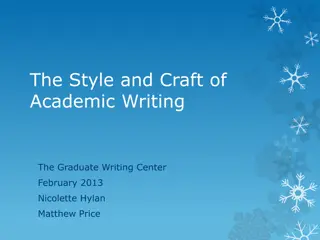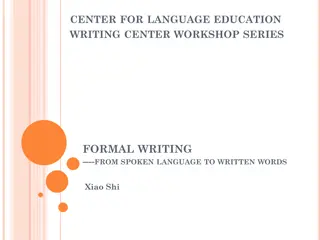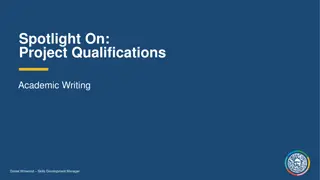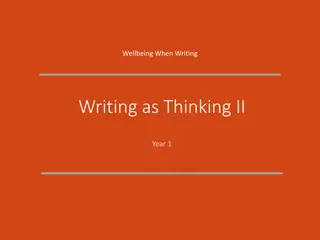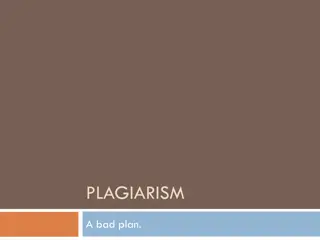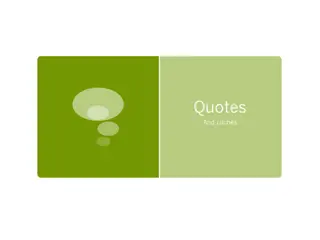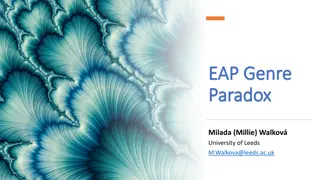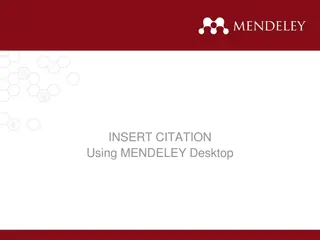Understanding Referencing in Academic Writing
Learn why we cite sources in academic writing, the importance of footnotes and bibliographies, and the basic elements of citations. Explore the distinction between footnotes and bibliographies, and how to format them correctly using examples from art history and feminist perspectives.
Download Presentation

Please find below an Image/Link to download the presentation.
The content on the website is provided AS IS for your information and personal use only. It may not be sold, licensed, or shared on other websites without obtaining consent from the author. Download presentation by click this link. If you encounter any issues during the download, it is possible that the publisher has removed the file from their server.
E N D
Presentation Transcript
Referencing BFA Writing Workshops Molly Duggins Molly.duggins@nas.edu.au
Why we cite? Ultimately a method of giving credit acknowledging authors whose work you have used Show readers the accuracy of your facts Allow readers follow your research and locate materials Indicate to your lecturers the work you have read and show the research which informs your work
A glossary! Citation the act of citing or quoting a reference to an author or creator. Footnote A footnote is a citation at the bottom of a page which provides more detailed information about something that is mentioned on that page.1 Bibliography a list of source materials that are used or consulted in the preparation of a work or that are referred to in the cited footnote. 1 Footnote. Collins Dictionary, accessed 20th April 2022, https://www.collinsdictionary.com/dictionary/english/footnote
Basic elements of all citations Who- What- Where- When Author/s Title Publisher details Date published Page numbers (for journal articles or book chapters) URL or DOI (for online resources)
Footnotes and the bibliography are formatted differently: Footnotes: 1 Philip Shaw, The Sublime (London: Routledge, 2017), 5. 2 Shaw, Sublime, 87. Bibliography: Shaw, Philip. The Sublime. London: Routledge, 2017. See the NAS Referencing Guide: https://unilinc- nas.alma.exlibrisgroup.com/view/delivery/61UNI_NAS/1240249600002360
Footnote 1 Anne D Alleva, How to Write Art History (London: Laurence King Publishing, 2010), 12. Bibliography D Alleva, Anne. How to Write Art History. London: Laurence King Publishing, 2010.
Footnote 2 Jacqueline Millner, Catriona Moore, and Georgina Cole, "Art and Feminism: Twenty-First Century Perspectives," Australian and New Zealand Journal of Art 15, no. 2 (2015): 145. http://dx.doi.org/10.1080/14434318.2015.1089816. Bibliography Millner, Jacqueline, Catriona Moore, and Georgina Cole. "Art and Feminism: Twenty-First Century Perspectives." Australian and New Zealand Journal of Art 15, no. 2 (2015): 143-149. http://dx.doi.org/10.1080/14434318.2015.1089816.
Footnote 3 The art that made me: Marikit Santiago, Art Gallery of New South Wales, accessed December 8, 2020, https://www.artgallery.nsw.gov.au/artsets/nbjk13. Bibliography Art Gallery of New South Wales. The art that made me: Marikit Santiago. Accessed December 8, 2020. https://www.artgallery.nsw.gov.au/artsets/nbjk13.
When do I need a footnote? You should provide a footnote whenever you quote, paraphrase or summarise someone else s ideas: When you quote exact words from a source When you paraphrase ideas that are associated with a specific source, even if you don t directly quote it. This indicates the source of the idea or information and is a positive thing which demonstrates your research.
When do I need a footnote? Bada Shanren used fish as symbols of the leftover subjects of the Ming .2 This is not common knowledge; someone had to work hard to discover this. However, Bada Shanren s painting depicts fish in a pond, which were common motifs in his work , doesn t need a footnote. Interpretations must be footnoted, whether these come directly from an author Bada Shanren s painting can be linked to the political context of the new Dynasty... , or speaking for the artist through an author, for instance Bada Shanren believed that...
Where do I add a footnote? At the end of a sentence and after the punctuation. Use one footnote per sentence (don t interrupt the flow of your argument by including multiple notes in a sentence) If you need to clarify how you are using the source, do so in the footnote text (e.g. for the political interpretation of waves in late Edo woodblock prints, see Christine Guth... )
Example of a footnote: Craft served as a medium through which to articulate personal, familial, social, and national affiliations, while fostering bonds of sentiment through its production and exchange.1 1 Talia Schaffer, Novel Craft: Victorian Domestic Handicraft and Nineteenth-Century Fiction (Oxford and New York: Oxford University Press, 2011), 14.
When is a footnote unnecessary? You do not need to footnote NAS lectures. You do not need to footnote facts or generally accepted information: Chartres Cathedral was built in 1194. The Rococo style is associated with play, intimacy, and organicism. Turner s Rain, Steam and Speed (1844) applies the sublime to modern industry.
Annotated Footnotes In addition to providing a reference, footnotes can also be used to clarify how you are using the reference: 1. For the political interpretation of waves in late Edo woodblock prints, see Christine Guth, Hokusai s Great Waves in Nineteenth-Century Japanese Visual Culture, The Art Bulletin 93, no. 4 (2011): 468-485.
Annotated Footnotes Footnotes can also be used to provide your readers with additional information that is extraneous to your central argument, but which is nonetheless useful supplementary material. 22. Moreover, in an interview with the artist it was noted that she preferred the use of watercolour to pastels. See Joe Smith, A Conversation with a Pastel Painter , Artist Profile (August 2017): 53. *Annotated footnotes should be brief in length and should not be used to extend your central argument.
Referencing more than one source in a sentence If you use two or more sources in a sentence, then they can both be included in a single footnote. Don t use two footnote markers in the one sentence.18, 19 Don t interrupt the flow of your argument by including multiple notes in a sentence: While Greenberg believed that flatness was everything17, Merleau-Ponty argued for the fullness of three dimensional space.18
Referencing more than one source in a sentence Instead, combine your references into a single footnote at the end of the sentence: While Greenberg believed that flatness was everything, Merleau- Ponty argued for the fullness of three dimensional space.18 18. Clement Greenberg, Homemade Esthetics : Observations on Art and Taste (New York, N.Y.: Oxford University Press), 1999, 54-55; Maurice Merleau-Ponty, Phenomenology of Perception, (London: Routledge), 2002, 90. Separate your references in the footnote using a semicolon.
Subsequent References to the Same Source The first footnote to a specific source should include all relevant detail. Subsequent references to a source take a shorter form. First footnote: 8. Rosalind E. Krauss, Passages in Modern Sculpture (Cambridge, MA: MIT Press, 1981), 27. Subsequent footnotes takes a shorter form (author surname, pg. number): 12. Krauss, 125. 13. Krauss, 127. *CMoS no longer supports the use of ibid. for subsequent references
More than one reference by an author Where you use two or more sources by the same author, the subsequent shortened footnotes always include a shortened form of the title: First footnote: 8. Rosalind E. Krauss, Passages in Modern Sculpture (Cambridge, MA: MIT Press, 1981), 27. 10. Rosalind E. Krauss, Under Blue Cup (Cambridge, MA: MIT Press, 2011), 86 Subsequent footnotes: 13. Krauss, Passages, 127. 14. Krauss, Passages, 135. 15. Krauss, Under Blue Cup, 135. 16. Krauss, Passages, 149.
Formatting: Books Book FOOTNOTE 1. Author s First name Last name, Book Title (Place of publication: Publisher, Year), page number. BIBLIOGRAPHY Author s last name, first name. Book title. Place of Publication: Publisher, Year of publication. Edited Book FOOTNOTE 4. Marcus Boon and Gabriel Levine, eds., Practice (London: Whitechapel Gallery, 2018), 44. BIBLIOGRAPHY Boon, Marcus, and Gabriel Levine, eds. Practice. London: Whitechapel Gallery, 2018. Chapter in an edited book FOOTNOTE 5. Eileen John, "Art and Knowledge," in The Routledge Companion to Aesthetics, eds. Berys Gaut and Dominic Lopes (London: Routledge, 2013), 389. BIBLIOGRAPHY John, Eileen. "Art and Knowledge." In The Routledge Companion to Aesthetics, edited by Berys Gaut and Domini Lopes, 384-393. London: Routledge, 2013.
Formatting: Online books Online or Ebooks FOOTNOTE 6. Pam Meecham, ed., A Companion to Modern Art (Newark: John Wiley and Sons, 2018), 98, ProQuest Ebook Central. BIBLIOGRAPHY Meecham, Pam, ed., A Companion to Modern Art. Newark: John Wiley & Sons, 2018. ProQuest Ebook Central. FOOTNOTE 7 Eirini Kartsaki, Repetition in Performance: Returns and Invisible Forces (London: Palgrave Macmillan, 2017), chap. 3, https://doi.org/10.1057/978-1-137- 43054-0 BIBLIOGRAPHY Kartsaki, Eirini. Repetition in Performance: Returns and Invisible Forces. London: Palgrave Macmillan, 2017. chap. 3, https://doi.org/10.1057/978-1-137-43054-0
Formatting: Journal articles Journal Article FOOTNOTE 1. Author s First name Last name, Article Title, Journal Title volume number, issue number (year of publication): page number. Author s last name, first name. Article Title. Journal Title volume number. Issue number (Year of Publication): Page range. BIBLIOGRAPHY Online Journal Article FOOTNOTE 12. Jaqueline Millner, Catriona Moore and Georgina Cole, "Art and Feminism: Twenty-First Century Perspectives," Australian and New Zealand Journal of Art 15, no. 2 (2015): 144. http://dx.doi.org/10.1080/14434318.2015.1089816. BIBLIOGRAPHY Millner, Jacqueline, Catriona Moore, and Georgina Cole. "Art and Feminism: Twenty-First Century Perspectives." Australian and New Zealand Journal of Art 15, no. 2 (2015): 143-149. http://dx.doi.org/10.1080/14434318.2015.1089816.
Formatting: Websites and Online videos Website FOOTNOTE 18. Cymon and Iphigenia, Art Gallery of NSW, accessed 28 April, 2022, https://www.artgallery.nsw.gov.au/collection/works/210.1976/ BIBLIOGRAPHY Art Gallery NSW. Cymon and Iphigenia. Accessed 28 April, 2022. https://www.artgallery.nsw.gov.au/collection/works/210.1976/ Online videos (youtube, vimeo, etc.) FOOTNOTE 25. Bill Viola, Bill Viola: Cameras are soul keepers interview by Christian Lund, Louisiana Channel, 2011, video, 28:09, 18 April 2013, https://vimeo.com/64302189. BIBLIOGRAPHY Viola, Bill. Bill Viola: Cameras are soul keepers. Interview by Christian Lund, Louisiana Channel, 2011. Video, 28:09, 18 April 2013. https://vimeo.com/64302189
